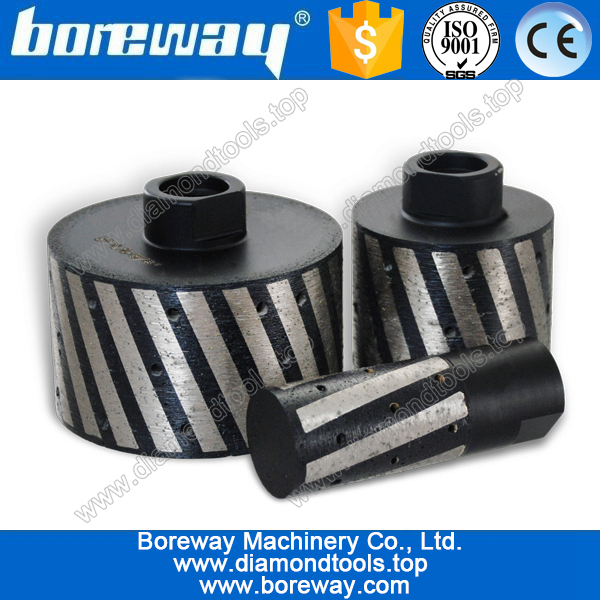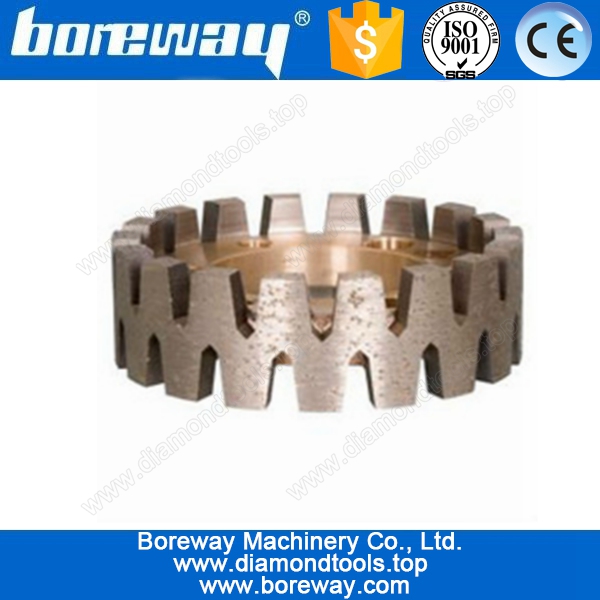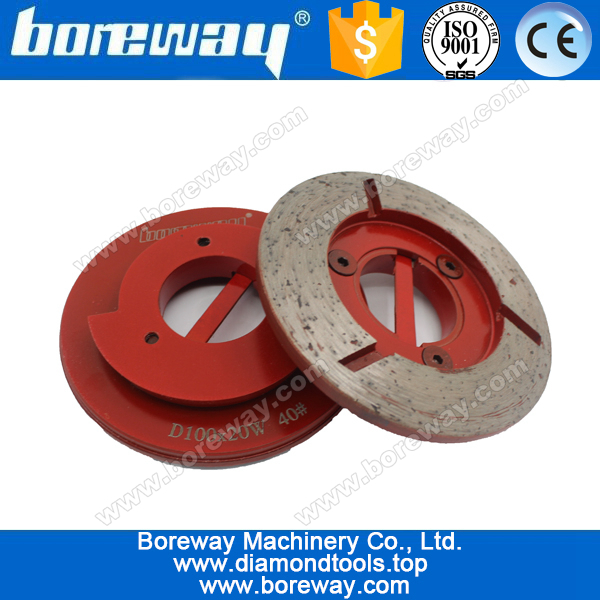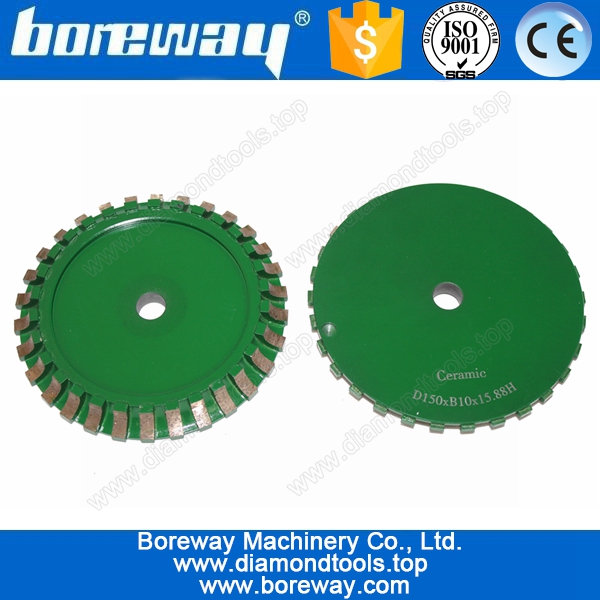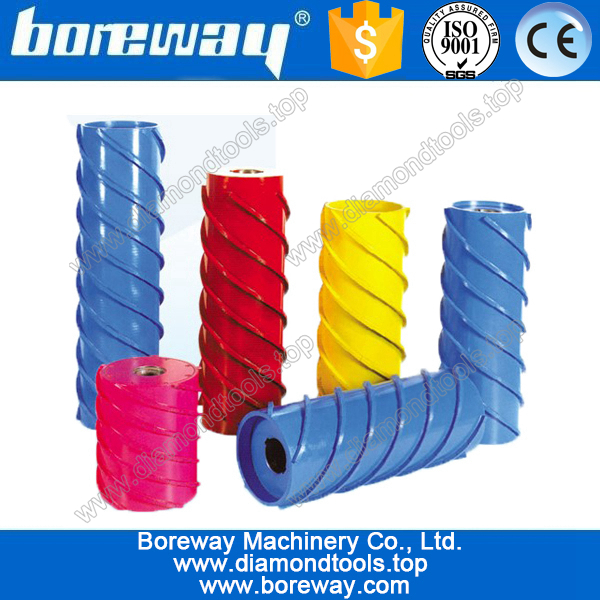What polishing methods do abrasive mills have?

The polishing in plastic mold processing is very different from the surface polishing required in other industries. Strictly speaking, the polishing of abrasive tools made of abrasives should be called mirror surface processing. It not only has high requirements for polishing itself but also has high standards for surface smoothness, smoothness and geometric accuracy. Surface polishing generally only requires a bright surface. The mirror processing of precision molds is still mainly mechanical polishing.

Polishing refers to a machining method that uses mechanical, chemical, or electrochemical effects to reduce the roughness of the workpiece surface to obtain a bright, flat surface. Is the use of polishing tools and abrasive particles or other polishing the surface modification processing of the workpiece.

1. Mechanical polishing: Mechanical polishing is a method of polishing to obtain a smooth surface by plastic deformation of the surface of the cutting material to remove the polished convex parts. Generally, whetstone strips, wool wheels, sandpaper, abrasive belts, nylon wheels, etc. are used. The main and special parts such as the surface of the revolving body can use auxiliary tools such as a turntable. If the surface quality is high, the super-precision grinding method can be used. Super-precision polishing is a special abrasive tool made of abrasive. In the polishing polishing liquid containing abrasive, it is pressed tightly on the surface of the workpiece to be processed for high-speed rotation. It is the highest among various polishing methods. Optical lens molds often use this method.

2. Electrolytic polishing: The basic principle of electrolytic polishing is the same as that of chemical polishing, that is, by selectively dissolving the tiny protrusions on the surface of the material to make the surface smooth. Compared with chemical polishing, the effect of cathode reaction can be eliminated, and the effect is better. The electrochemical polishing process is divided into macro leveling and micro leveling.

3. Ultrasonic polishing: Put the workpiece in the abrasive suspension and put it in the ultrasonic field together, relying on the oscillation of the ultrasonic wave to make the abrasive grinding and polishing on the surface of the workpiece. Ultrasonic processing has a small macro force and will not cause deformation of the workpiece, but tooling is difficult to manufacture and install. Ultrasonic processing can be combined with chemical or electrochemical methods. On the basis of solution corrosion and electrolysis, ultrasonic vibration is added to stir the solution to dissolve the dissolved products on the surface of the workpiece, and the corrosion or electrolyte near the surface is uniform; the cavitation effect of ultrasonic waves in the liquid can also inhibit the corrosion process and help the surface brighten.

4. Magnetic grinding and polishing: Magnetic grinding and polishing is the use of magnetic abrasives to form an abrasive brush under the action of a magnetic field to grind the workpiece. This method has high processing efficiency, good quality, easy control of processing conditions, and good working conditions.










